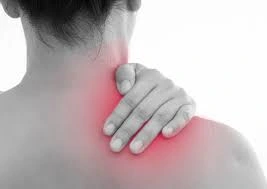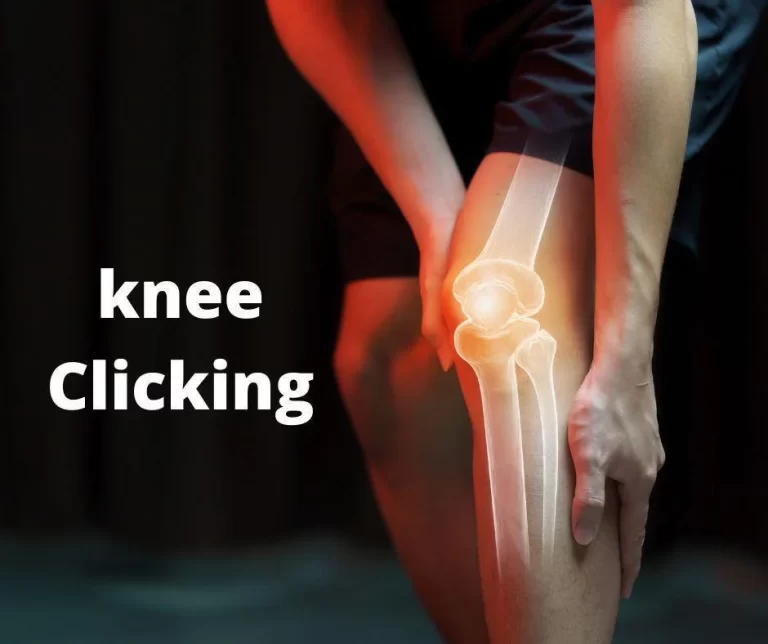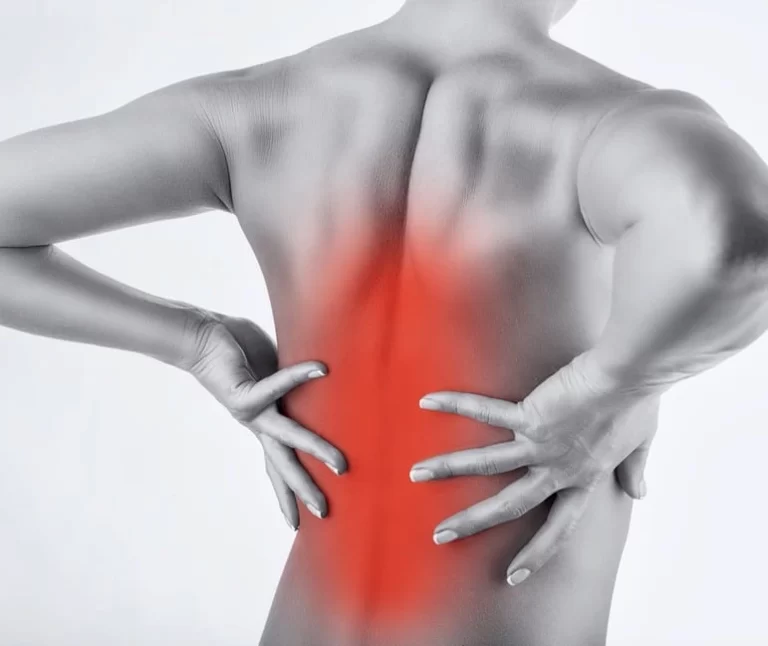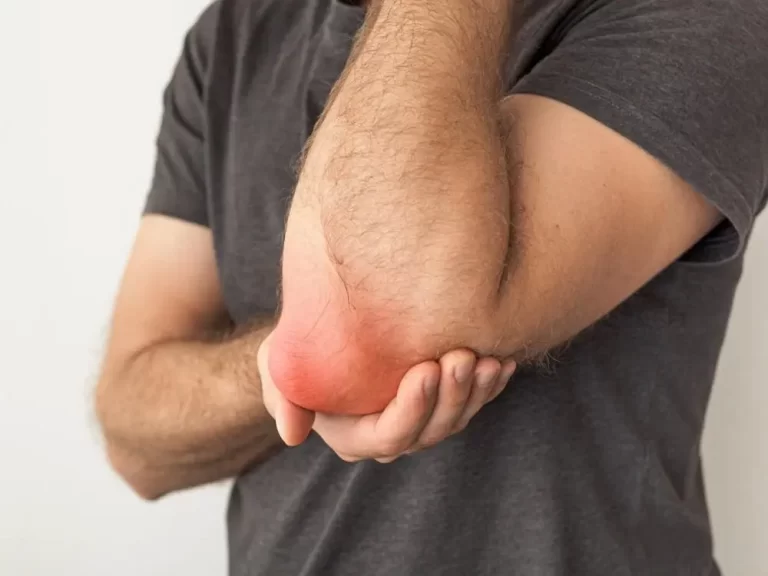Levator Scapulae Muscle Pain
What is levator scapulae muscle pain?
Levator Scapulae muscle pain is felt above the upper medial angle of the scapula.
One of the causes of muscle problems is levator scapulae muscle soreness.
The Levator scapulae muscle pain happens when the neck becomes stiff and tight due to a muscle strain.
This muscle pain is delivered by soreness in the muscle.
This muscle pain is dismissed by to rice principle, medication, and physiotherapy treatment.
Anatomy of the levator scapulae muscle?
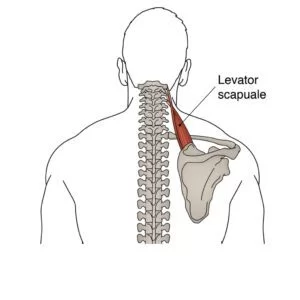
This levator scapulae muscle arises from the posterior tubercle of the transverse process of the 1 to 4 cervical vertebrae.
This levator scapulae muscle is inserted into the medial border of the scapula which is growing from the superior angle to the junction of the spine and medial border of the scapula.
This levator scapulae muscle is discovered deep in the Sternocleidomastoid muscle, deep and adjacent to the splenius capitis and mid-portion, deep to the trapezius it is the lower part of the levator scapulae muscle.
When your spine is fixed, this levator scapulae muscle is elevated to the scapula and rotates to the inferior angle medially.
This muscle is always working in variety with the other muscles such as the rhomboids and pectoralis minor which are produced by the motion of downward rotation of the scapula.
When your shoulder joint is fixed, these levator scapulae are rotated to the same side and flex the cervical spine laterally but When both shoulders joint are not fixed, a simultaneous co-contraction of both levator scapulae muscles are in equal amounts which are not produced to lateral flexion and rotation and also produce to straight flexion/extension motion of the cervical spine.
Causes of Levator Scapulae Muscle Pain
The most common reason for Levator Scapulae Pain is when you Sit for a prolonged period and mostly sit with the bad posture
When applying continual stress and strain in the levator scapulae muscle leads to inflammation of the muscle this stress and strain are applied to overload and do the repeating motion.
Poor posture:
When you sit at a computer with a spherical shoulder that is developing a ‘hunch back’ position, it is a classic illustration of poor
sitting posture.
This bad posture is lead to levator scapulae muscle pain and produces irritation or pain.
Tendinitis:
When the injury happens in the muscle by the daily strain and physical stress, it is called levator scapulae tendonitis which is become to cause of levator scapulae muscle pain.
This type of muscle strain is cause increased muscle tightness and tension.
Repeated movement:
When you use the repeated to the muscle by repeated muscle contractions.
It causes reduced range of motion: ROM in the neck, shoulders, and arms without therapy and tension headaches.
Depression or exhaustion and some physical problems have come with the.
Other typical causes of levator scapulae muscle pain include to :
- Cervical spine dysfunction
- Falls
- Whiplash from accidents
- Damages occur in the muscle
- Repetitive arm movements.
Some other causes which are also produced by levator scapulae pain are:
- For all-day working on the computer with the head flexed
- Taking heavy bags with a shoulder strap
- If you are sleeping on your tummy with your head bent
- emotional/mental stress
- Cervical spine dysfunction
- If the stay muscle chilling during sleep from a ceiling fan and air conditioner
- If you are holding a phone between the shoulder joint and ear for too long
Signs and Symptoms of levator scapulae muscle pain
- This levator scapulae muscle pain is produced by soreness in one region of the body and transmits soreness to another part of the body and vastly disparate sites.
- The main pain zones of the levator scapulae muscle are at the sides of the neck and the upper shoulder joint.
- You feel tightness in the neck muscle and over the top of the shoulder joint or between the shoulder blades.
- You experience to painful neck and inadequate movement for turning to the head and lifting the neck in the supine position.
- You feel two trigger points in the lower part of the Levator Scapulae muscle pain.
- The lower trigger point of muscle pain is situated directly above the superior angle of the scapula.
- The higher trigger point of muscle pain is situated 1 to 3 inches above it.
- Both trigger points of the muscle pain are situated too deep within the upper trapezius muscle and obtain pain laterally to the shoulder blade.
- You also feel spasms and swelling near the area of muscle pain.
- Also, feel weakness and numbness in my arm.
- Also, feel stiffness in the muscle.
How the levator scapulae muscle is impacting the head and neck posture?
The levator scapula muscle accomplished the principal role of retaining the shoulder blade which is configured to facilitate a vertical alignment of the head on the neck and stops forward head posture when the head is extended too far forward.
The shoulder blade is an approvingly mobile bone by nature.
So it is tough to maintain the joint in a stable condition that is preserved to proper neck posture.
In many cases, the cervical spine is subjected to dynamic opposing motions which demand the muscles and bones to shift independently and collaborate to keep the activity going like Typing, staring down at a phone, and sitting at a desk.
Many individuals stay in a slouched position that does not provide lumbar support.
So that if the person’s chair is not flexibly designed to ergonomic standards, so the effect of spinal alignment becomes more powerful.
These slumped postures tend to drive the shoulder blade upward and downward, stretching and elongating the levator scapulae muscle.
As the muscles lengthen, it also becomes stretched to compensate for the loss of stability.
Tension is generally associated with pain and a loss of tension integrity in the joint complex to which the muscle belongs.
How the levator scapulae pain is impacting the scapulohumeral Rhythm?
Downward rotation Scapular Syndrome is a specific clinical finding in people who have sorrowed from painful Levator Scapulae.
A position like a long time of sitting is put undue tension on the upper back muscles.
So that muscles are stretched, the amount of force exerted on the increases.
This mid-upper corner of the scapula bone also is chronically elevated when the levator scapulae are too tight.
When this happens because the muscle becomes weak due to the excess tension, it is start to trigger a similar effect in the nearby muscles, which also have to over-exert themselves to compensate for the soft area.
When the arm is elevated, the scapula bone has problems upwardly rotating as required so that kept in a downward rotated position.
As the arm tries to rise and compression in the subacromial area is occur, causing problems in the glenohumeral joint.
As to the result, the early stages of rotator cuff injury are typical in the supraspinatus, infraspinatus, teres minor, and subscapularis, which are created as a stabilization system for the shoulder joint socket.
If you are unnoticed by the syndrome it affects the neuromuscular system and leads to the arms or shoulder joints are lose of essential motor skills of the arm.
Diagnosis of levator Scapulae muscle pain
When you feel intense pain and discomfort in the neck activity must be contacted to doctor as soon as possible.
The doctor is follow the examination of the cervical spine to try to cause muscle pain.
The first doctor asks you questions about muscle pain and tries to reason or cause the muscle pain.
In the observance, the part observes swelling and any color transformations in the muscle pain.
In the palpation, the portion palpates to swelling and spasms.
The examination, parts examine a range of motion ( ROM ) and strengthing of the muscle.
After the accurate diagnosis, the doctor suggests to you treatment of the muscle depending on the condition.
Treatment of the levator scapulae muscle pain
RICE principle
In the initial phase of the pain means in the starting stage of muscle pain doctor is recommended to you follow the RICE principle.
- [ R-rest ]: When feeling pain in the neck activity must rest for some days and use a thin pillow for support must be kept to maintain the neck in a neutral position during the use computer, mobile, and watching TV. Rest is helpful to you for release to stress and overload on the muscle.
- [ I-Ice ]: You can use it to ice the site of pain for 15 to 20 minutes to release pain and swellings, you can also be used it as an ice pack and frozen peas on the site of pain but must be put to layer between to skin and ice and check the redness of the skin.
- [ C-compression ]: Also used for compression bandage on the site of pain reduces to pain and swellings.
- [ E-elevation ]: Elevation is not possible for this muscle because if do the elevation may have pain in the neck.
Pain medication
When feeling pain you take to an anti-inflammatory medication means a pain relief drug that reduces pain as a home remedy and initial phase of treatment.
The anti-inflammatory drug is mainly NSAIDs, such as ibuprofen, & diclofenac like many medicines but depends on the intensity of the pain.
Also, used volini gel and diclofenac gel in the place of pain for the release of pain.
Physiotherapy treatment of the Levator scapulae muscle pain
The physiotherapy treatment contains massage, electrotherapy, stretching, and strengthening exercises, it helps to reduce pain and swelling.
Massage:
Massage is applied to the trigger points and tender points of the muscle pain.
Massage is applied with the use of oil and powder to the site of pain.
It is applied for 5 to 10 minutes.
This massage helps to remove pain and swelling.
Electrotherapy treatment :
The electrotherapy treatment contains short wave diathermy ( SWD ), Transcutaneous electro nerve stimulation (TENS), Interferential therapy ( IFT ), and Ultrasound ( US ) which help for releasing pain and swelling.
To remove the tender points and trigger points therapist applied US-ultrasound therapy in the place of tender pain.
To release the pain and swelling therapist applied SWD-short wave diathermy, IFT, and TENS machine on the region of pain.
This machine is applied for 10 to 15 minutes to the site of pain.
Exercise Therapy :
Exercise helps to reduce the pain and strengthen the muscle means a decrease in weakness.
- Shoulder Shrug exercise
- Head Rolls exercise
- Head Swings
Shoulder Shrug exercise
The patient’s position is sitting or standing with the head in a neutral position and must keep the chin elevated and drop the shoulders.
Do the shrug and lift the shoulder joint towards the ears.
Must be provided that you do not roll the shoulder joint forward.
Maintain this exercise for a few seconds, and then lower the shoulder joint and the back starting position.
And then repeat this exercise multiple times every day.

Head Rolls exercise [Cervical Spine Rotation]:
The patient’s position is sitting or standing with the head in a neutral position, the must be held the chin in an elevated position or dropped the shoulder joint.
And then slowly and gently roll the head in a clockwise circle 3 times.
Repeat this exercise on the opposite side.
Head Swings:
The patient’s position is sitting or standing with the head in a neutral position, must hold the chin elevated and lower the shoulder joint, then slowly drop the head toward the chest and then gently roll the right ear to the right shoulder, bring the head return to the starting position.
Repeat this exercise on the different side.
Strengthening exercise :
This exercise is accomplished with weight so this exercise is useful to you for reducing weakness.
- Dumbbell Shrugs
- Lateral Raises
Dumbbell Shrugs:
For this exercise, the patient’s position is to stand with the feet shoulder-width apart and then have one dumbbell in each hand.
Pull the shoulder joint up towards the ears, and complete the 3 sets of 15 repetitions 2 times in 1 week.
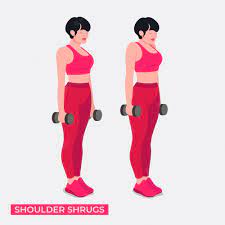
Lateral Raises:
The patient’s position is to stand with the feet shoulder-width apart and then hold a dumbbell in each hand.
Lift the arm laterally till the elbow joint is at the exact level as the shoulder joint, and then lower to dumbbells.
Complete the 3 sets of 15 repetitions 2 times in 1 week.
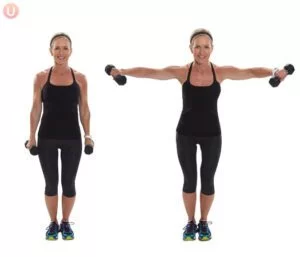
Stretching Exercise
This stretching helps you to remove the tightness and spasms of the muscle.
- levator scapulae muscle simple stretching
- neck Flexion Stretch
- Lateral Neck Flexion Stretch
- Cat-Back Stretch
Levator scapulae muscle simple stretching:
The patient’s position is in sitting up straight with both hands at the sides, and then lifting the right arm forwards and reaching over the back with the hand grasping the right shoulder blade and using downward pressure.
While keeping everything else till, then rotate the head to the left about 45 degrees, which is about halfway toward the shoulder joint.
After then tilt the chin downward till you feel a good stretch on the back which is the right side of the neck.
For an increase to stretch, the left hand is carried up to the back of the head which is gently pulled down a little more.
Maintain this stretching exercise for 30 – 60 seconds.
Repeat this stretching exercise on the opposite side.
Neck Flexion Stretch:
The patient’s position is in a neutral position, chin elevated and shoulders lowered, after then slowly dropping the head forward by bringing the chin toward the chest.
The patient is feeling a gentle tension up the back of the neck
To improve the stretch, bring the arm over the head, get the back of the head with the hand & gently pull the head from behind rotate the head to the right so that the chin is pointing in the direction of the right knee joint.
Lower the chin down toward the knee, and then give gentle pressure to the back of the head with the right hand.
The patient feels mild pressure on the side of the back of the neck.
Increase the stretch by putting the left arm behind the back and toward the right hip joint.
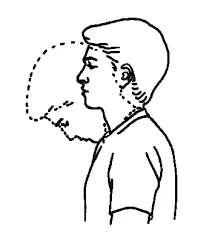
Lateral Neck Flexion Stretch:
The patient’s position is in sitting and standing with the head in a neutral position, keeping the chin elevated and lowering the shoulder joint.
After then slowly drop the right ear towards the right shoulder joint, and must be alert with the thing not to lift the left shoulder
The patient feels mild pressure on the side of the neck
To improve the stretch, bring the right arm up and over the head.
Grasp the left side of the head and gently pull it toward the right shoulder joint.
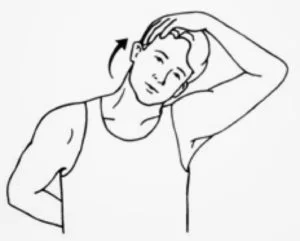
Cat-Back Stretch (Cervical Spine Extention):
The patient’s position is in a kneeling position on the hands and the knees are in a comfortable position.
Arch the back, rest the muscles in the neck and gently let the head drop.
After then reverse the pose and flatten the back or lift the head to look up at the ceiling
Maintain for a few seconds and repeat this stretching exercise 3 times every day.
FAQ
How do you relieve levator scapulae muscle pain?
Electrical stimulation(ES): This can loosen the strained muscle.
Massage: Having a levator scapulae massage is said to be one of the best methods to relax this muscle & the surrounding site.
How do you sleep with levator scapula muscle pain?
Try to lie on your side or back. Keep the bottom pillow supporting the shoulders and the top pillow supporting your neck. Hug a pillow, as this will put the top shoulder in an open position. Tuck the pillow up high beneath the arm.
How long does scapula muscle pain last?
It can take 4 to 6 to heal fully from mild shoulder pain. There are some things you should and shouldn’t do to assist ease shoulder pain.
What does scapular muscle pain indicate?
The most common reason for shoulder blade pain are muscle strains from intense workouts, heavy lifting, or even sleeping in an awkward position. Snapping scapula syndrome: If your distress is accompanied by cracking and popping noises, this muscular disorder could be the cause.

